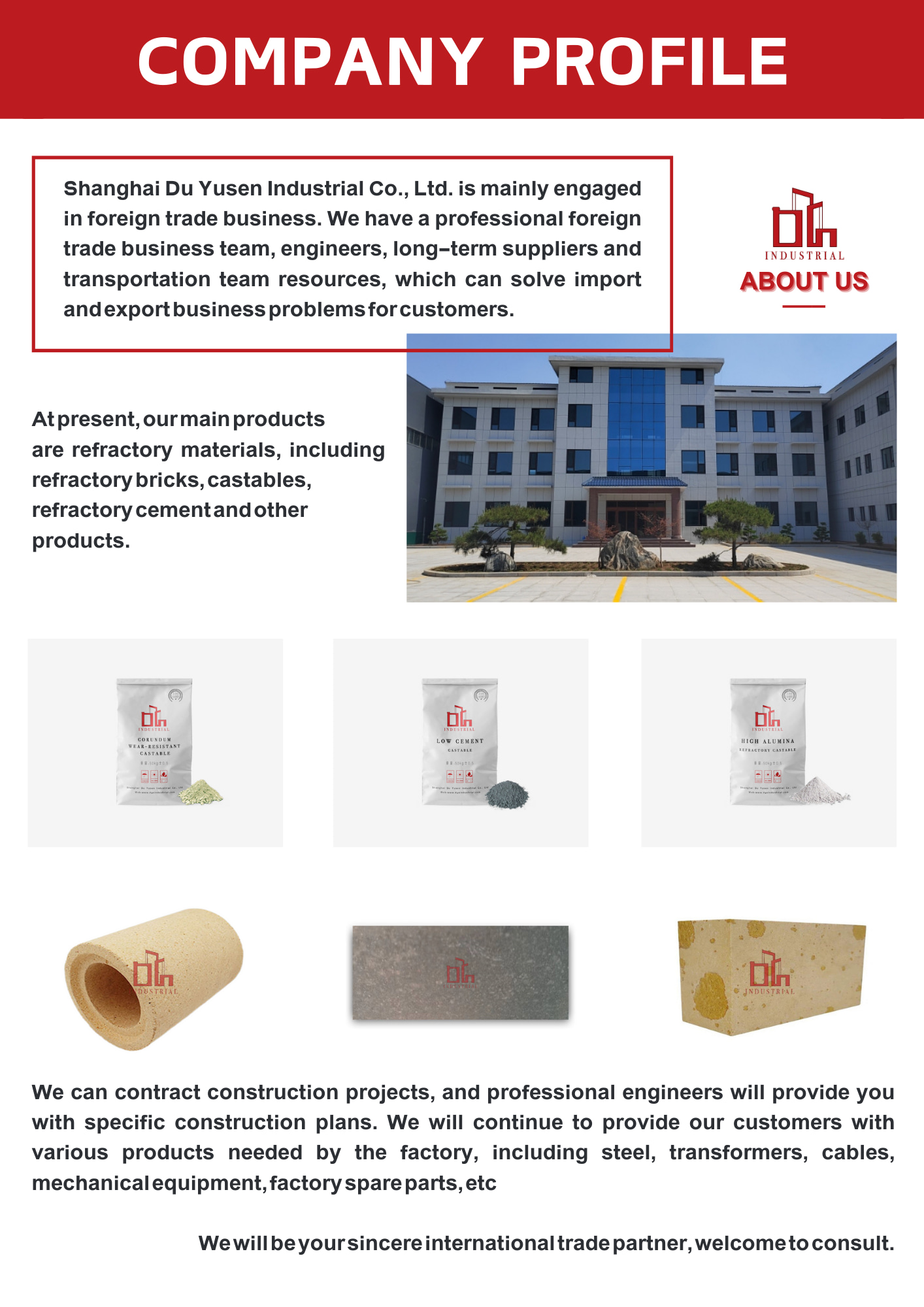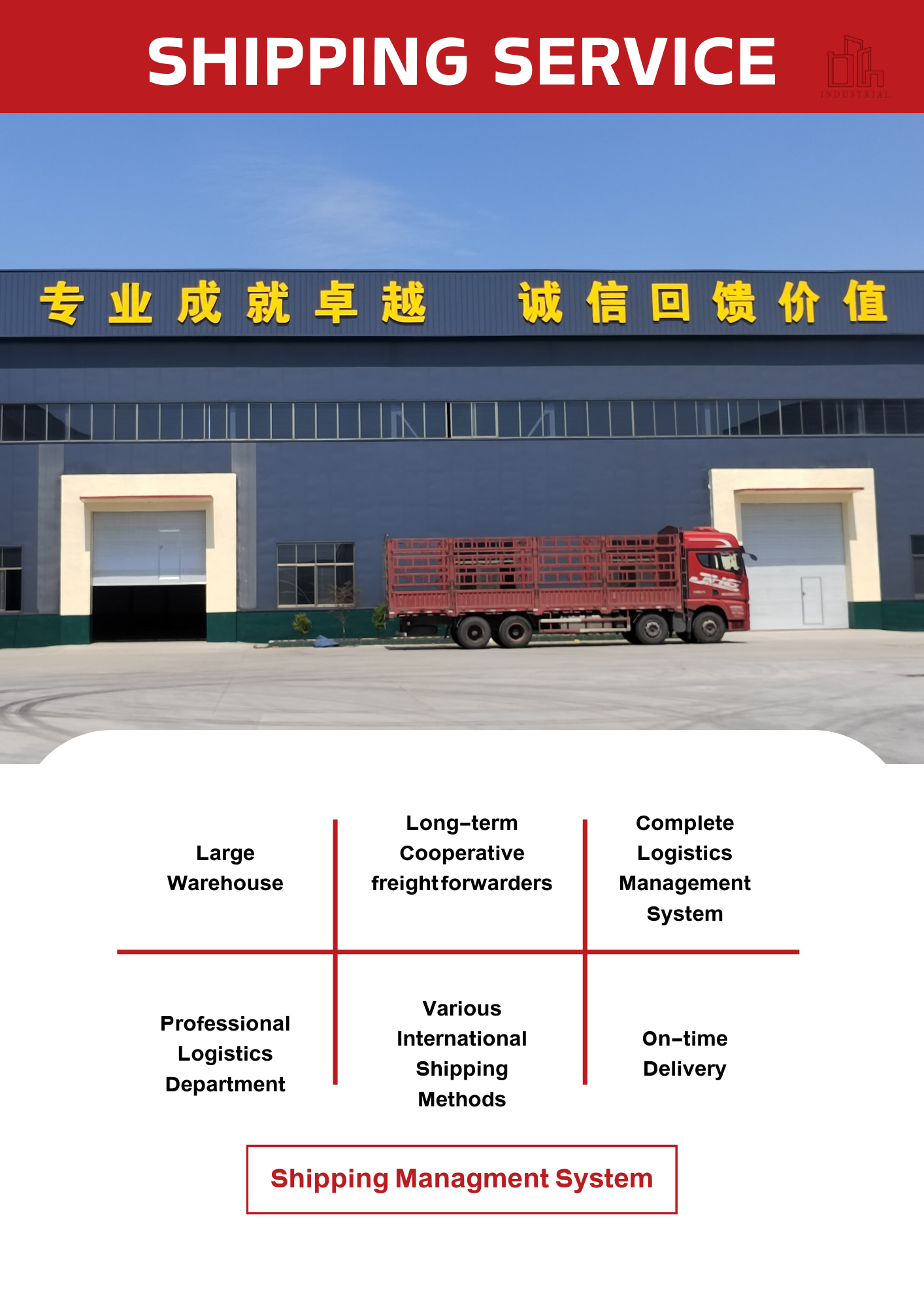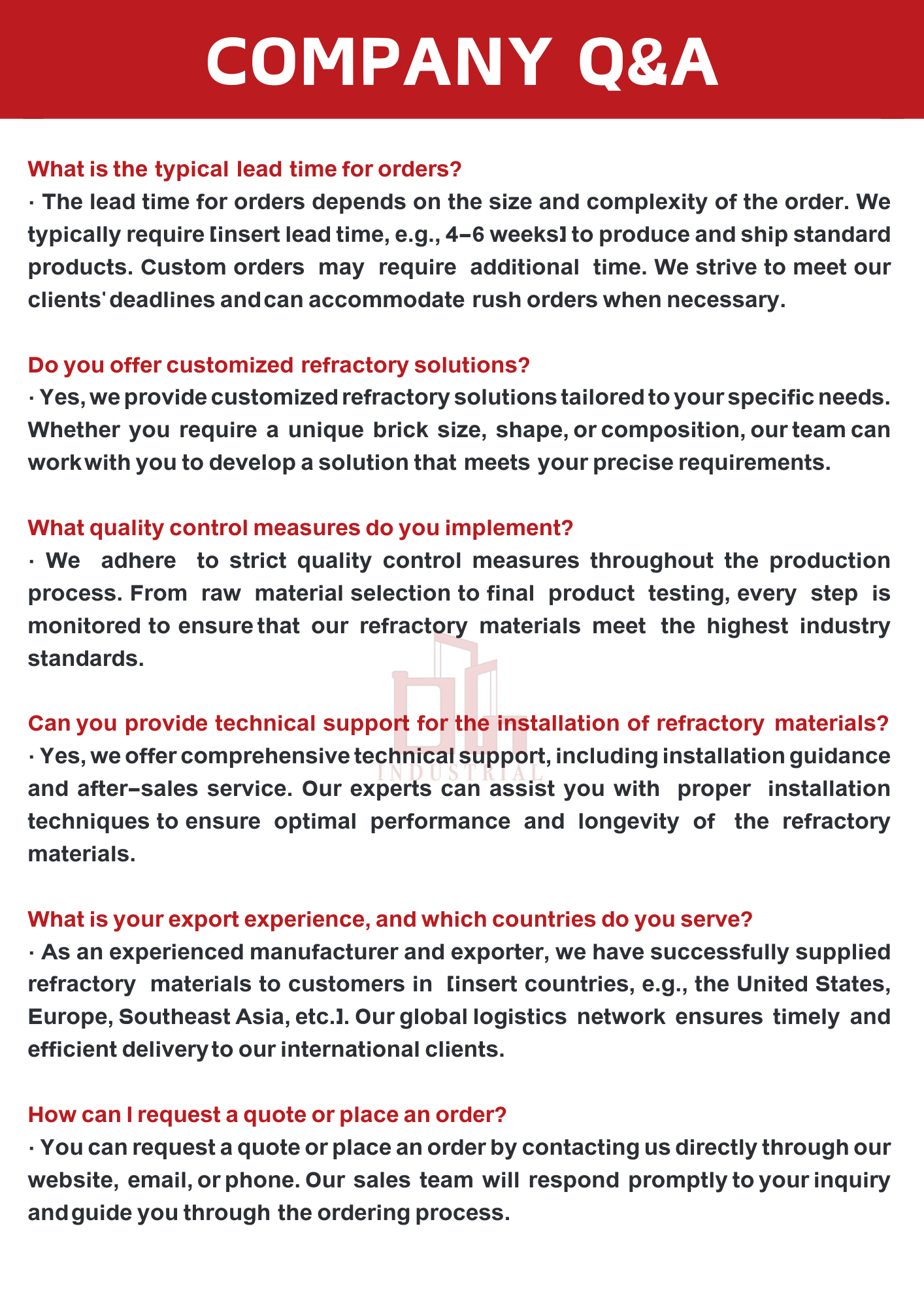Ceramic fiber blanket, also known as ceramic fiber insulation blanket, is a flexible and lightweight refractory material made from high-purity ceramic fibers. It is designed to provide excellent thermal insulation in high-temperature environments.
Payment :
In AdvanceProduct Origin :
ChinaShipping Port :
Shanghai PortLead Time :
15 Working daysCeramic fiber blankets are manufactured through a spinning or blowing process, which creates long, continuous fibers. These fibers are then collected and formed into a blanket-like material. The blanket is typically available in rolls or sheets of various thicknesses and densities to suit different insulation requirements.
Key features and benefits of ceramic fiber blankets:
Thermal insulation: Ceramic fiber blankets offer outstanding thermal insulation properties, enabling them to effectively reduce heat transfer. They have low thermal conductivity, which means they can minimize heat loss and maintain temperature stability in applications such as furnaces, kilns, boilers, and pipes.
Lightweight and flexible: Ceramic fiber blankets are lightweight and flexible, making them easy to handle, cut, and shape. Their flexibility allows for easy installation and conformity to curved or irregular surfaces.
Low heat storage: Ceramic fiber blankets have low heat storage capacity, enabling faster heat-up and cool-down cycles. This can enhance the energy efficiency of heating equipment and improve process control.
Excellent resistance to thermal shock: Ceramic fiber blankets can withstand rapid temperature changes without cracking or spalling. This makes them suitable for applications where thermal shock is common, such as in furnace linings or in areas near burner flames.
Chemical stability: Ceramic fiber blankets have good chemical resistance to most acids, alkalis, and organic solvents. They are not easily attacked by chemicals, which allows them to maintain their integrity and insulation properties even in harsh environments.
Sound absorption: Ceramic fiber blankets also provide sound absorption properties, helping to reduce noise levels in industrial and mechanical systems.
Ceramic fiber blankets find applications in various industries, including steel, petrochemical, ceramics, power generation, and aerospace. They are commonly used for insulation in furnaces, kilns, boilers, thermal reactors, heat exchangers, turbine insulation, and other high-temperature equipment.
Please note that ceramic fiber blankets contain refractory ceramic fibers, which can release fine airborne particles when handled. It is important to follow proper safety precautions, such as wearing protective clothing, gloves, and masks, to minimize exposure to the fibers and prevent respiratory and skin irritation.
Product parameters:
| Type | Common | Standard | High purity | High alumina | Zirconium containing |
| Classification temperature, ℃ | 1100 | 1260 | 1260 | 1360 | 1430 |
| Service temperature, ℃ | <1000 | 1050 | 1100 | 1200 | 1350 |
| Color | White | White | White | White | White |
| Bulk density, kg/m3 | 96-128 | 96-128 | 96-128 | 128-160 | 128-160 |
| Permanent liner change, % | -4 | -3 | -3 | -3 | -3 |
| After 24 hours, Bulk density 128kg/m3 | 1000℃ | 1000℃ | 1100℃ | 1250℃ | 1350℃ |
| Thermal conductivity under each section, | 0.09(400℃) | 0.09(400℃) | 0.09(400℃) | 0.132(600℃) | 0.76(800℃) |
| w/m·k, Bulk density 128kg/m3 | 0.176(800℃) | 0.176(800℃) | 0.176(800℃) | 0.22(1000℃) | 0.20(1000℃) |
| strength of extension, Mpa, Bulk density 128kg/m3 | 0.08-0.12 | 0.08-0.12 | 0.08-0.12 | 0.08-0.12 | 0.08-0.12 |
| Al2O3, % | 44 | 46 | 47-49 | 52-55 | 39-40 |
| Al2O3+SiO2, % | 96 | 97 | 99 | 99 | - |
| Al2O3+SiO2+ZrO2, % | - | - | - | - | 99 |
| ZrO2, % | - | - | - | - | 15-17 |
| Fe2O3, % | <1.2 | <1.0 | 0.2 | 0.2 | 0.2 |
| Na2O+K2O, % | ≤0.5 | ≤0.5 | 0.2 | 0.2 | 0.2 |



Tags :